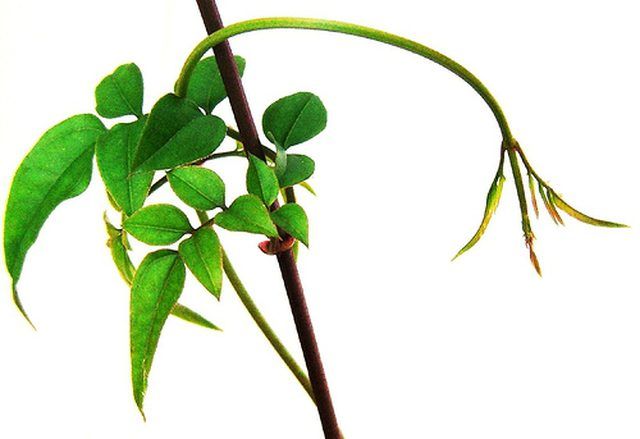Bulbs
Flower Basics
Flower Beds & Specialty Gardens
Flower Garden
Garden Furniture
Garden Gnomes
Garden Seeds
Garden Sheds
Garden Statues
Garden Tools & Supplies
Gardening Basics
Green & Organic
Groundcovers & Vines
Growing Annuals
Growing Basil
Growing Beans
Growing Berries
Growing Blueberries
Growing Cactus
Growing Corn
Growing Cotton
Growing Edibles
Growing Flowers
Growing Garlic
Growing Grapes
Growing Grass
Growing Herbs
Growing Jasmine
Growing Mint
Growing Mushrooms
Orchids
Growing Peanuts
Growing Perennials
Growing Plants
Growing Rosemary
Growing Roses
Growing Strawberries
Growing Sunflowers
Growing Thyme
Growing Tomatoes
Growing Tulips
Growing Vegetables
Herb Basics
Herb Garden
Indoor Growing
Landscaping Basics
Landscaping Patios
Landscaping Plants
Landscaping Shrubs
Landscaping Trees
Landscaping Walks & Pathways
Lawn Basics
Lawn Maintenance
Lawn Mowers
Lawn Ornaments
Lawn Planting
Lawn Tools
Outdoor Growing
Overall Landscape Planning
Pests, Weeds & Problems
Plant Basics
Rock Garden
Rose Garden
Shrubs
Soil
Specialty Gardens
Trees
Vegetable Garden
Yard Maintenance
What Part of a Plant Makes Its Food?
What Part of a Plant Makes Its Food?. The leaves of plants make all the food that most plants need. They contain a substance called chlorophyll, which makes the leaves look green and which aids in photosynthesis.

The leaves of plants make all the food that most plants need. They contain a substance called chlorophyll, which makes the leaves look green and which aids in photosynthesis.
Photosynthesis
Photosynthesis is the process plants use to make food. The chlorophyll in the leaves absorbs light, either sunlight or artificial. This is combined with carbon dioxide, which also is absorbed through the leaves, and water taken in by the roots.
Xylem
Xylem are specialized cells that carry the water from the roots of the plants up through the stems and into the leaves.
Stomates
Stomates are little holes in a leaf that allow the carbon dioxide into the plant and also let the oxygen, a byproduct of photosynthesis, escape back into the air.
Marine Plants
The leaves of marine plants do not have to worry about drying out, so they are able to take in carbon dioxide without the need of stomates. They still use photosynthesis to produce their food.
Fun Fact
Carnivorous plants, such as the Venus Fly Trap or the sundews, supplement their diet by catching insects. They do this by enticing their victims with sweet nectar; once the treat is sampled, the insect is trapped.